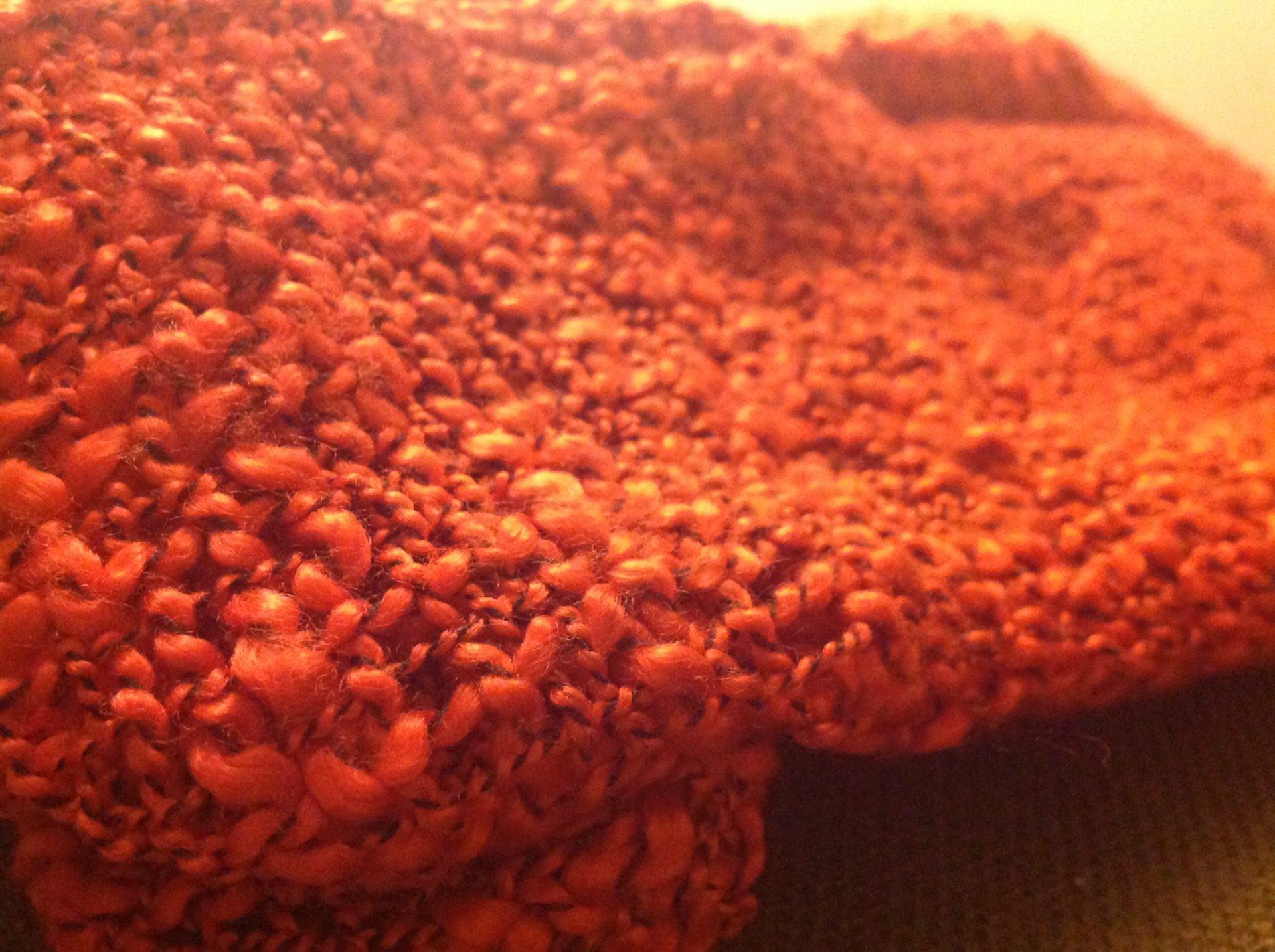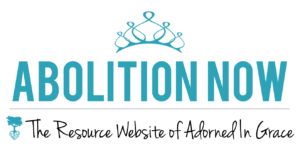
All would agree that the effort to end human trafficking and sexual exploitation in our communities is, ultimately, the effort to bring justice. We hear stories of children coerced, women manipulated, innocence exploited, and we cry for things to be made right. This is not how life is supposed to be.
For Those on the Fringes
All would agree that the effort to end human trafficking and sexual exploitation in our communities is, ultimately, the effort to bring justice. We hear stories of children coerced, women manipulated, innocence exploited, and we cry for things to be made right. This is not how life is supposed to be.
In the midst of such a multifaceted problem, justice takes on many different forms. It exists in better laws created to protect the vulnerable and convict the guilty. It exists in less homelessness, more safe houses, healthy families, and much more. The need for justice in our cities is so pervasive. Yet underneath all of this is one crucial element: relationships.
We can program and legislate justice to change people’s situations. But only relationships can truly restore the peace and wholeness we all long for, because they change people’s hearts.
Threads Entwined in Justice
Timothy Keller, author of Generous Justice, uses the image of fabric to describe this process:
“If you throw thousands of pieces of thread onto a table, no fabric results. The threads must be rightly and intimately related to one another in literally a million ways. Each thread must go over, under, around, and through the others at thousands of points. Only then do you get a fabric that is beautiful and strong, that covers, fits, holds, shelters, and delights.
“God created all things to be in beautiful, harmonious, interdependent, knitted, webbed relationship to one another. Just as rightly related physical elements form a cosmos or a tapestry, so rightly related human beings form a community. This interwovenness is what the Bible calls shalom, or harmonious peace.”
Evil will always exist, and can only be conquered by the power and grace of Christ. However, we cannot forget our own responsibility to mend the fabric of our communities by bringing his light, hope, and love into the torn places.
“How can we do that? The only way to reweave and strengthen the fabric is by weaving yourself into it. Human beings are like those threads thrown together onto a table. If we keep our money, time, and power to ourselves, for ourselves, instead of sending them out into our neighbors’ lives, then we may be literally on top of one another, but we are not interwoven socially, relationally, financially, and emotionally. Reweaving shalom means to sacrificially thread, lace, and press your time, goods, power, and resources into the lives and needs of others.”
–Generous Justice, pg. 173, 177
This is a powerful reminder to all of us that, simply by living on this earth, we are part of both the problem and the solution. We are all members of this torn fabric, a world in need of justice and redemption.
How we go about mending this fabric, however, looks different for each one of us. What power, goods, or resources have you been given? Are there vulnerable or needy people around you that you are “on top of,” but not interwoven with?
Changing the Pattern and the Weave
I spoke with one woman who has become a mentor for young girls, many of whom do not have a strong support system at home. She has poured much of her time and talent into healing relationships with these girls. I asked her to share a bit about these relationships with me.
“The girls teach me so much every day…They stretch me. They ask me questions that I’ve never really thought about. Or questions I’ve never thought to teach them. They help me grow spiritually. We pray together and can be serious, then we can be silly and have fun and I love them for that. They’re so curious. I want to share everything I have learned and everything I am still learning. Most of all that it is never too late to change.”
This mentor admits that she herself has struggled in relationships after growing up in an abusive and hectic family. Being a part of these girls’ lives has brought growth and blessing to both sides of the relationship. She also reminds us that these transforming relationships must have the power of Christ as their source.
“If I have doubts I’m capable of teaching them, I always go to Him. I cannot do it without Him. Simply being a ‘mentor’ is out of my comfort zone. But He promises me many blessings and so my focus is always on Him.”
Currently, she is in the middle of a wonderful story which has been woven by God for several years. After spending time getting to know her neighbors one year, she learned that her neighbor’s daughter (we’ll call her Anna) struggled greatly with anxiety. Anna is intelligent, well spoken, and never one you would point to as “at risk” or falling through the cracks. Yet she was clearly in need of the love and peace of Jesus.
Through the course of several years, this mentor has been able to knit a close relationship with Anna, introduce her to new interests and friends, and talk very openly about Christ. One night Anna told her, “When we talk about Him, I feel better, I don’t know why but I just do.” Anna is now attending youth group and has noticed her anxiety attacks becoming less and less frequent. She will be graduating this year, but “I will continue to be here for her if she needs me,” says her mentor.
On the Fringe or Entwined in the Cloth?
If you ever doubt the healing and transforming power of relationship, make time to get to know the people on the fringes of your life. Take time to really invest in those around you, even if on the surface they don’t seem needy or broken. Because it is only through Christ-woven relationships that things can be made right.
This is justice: to honestly admit our own failures and limitations, and trust in the power of a God who can take our small threads and weave them into thousands of beautiful redemption stories.

